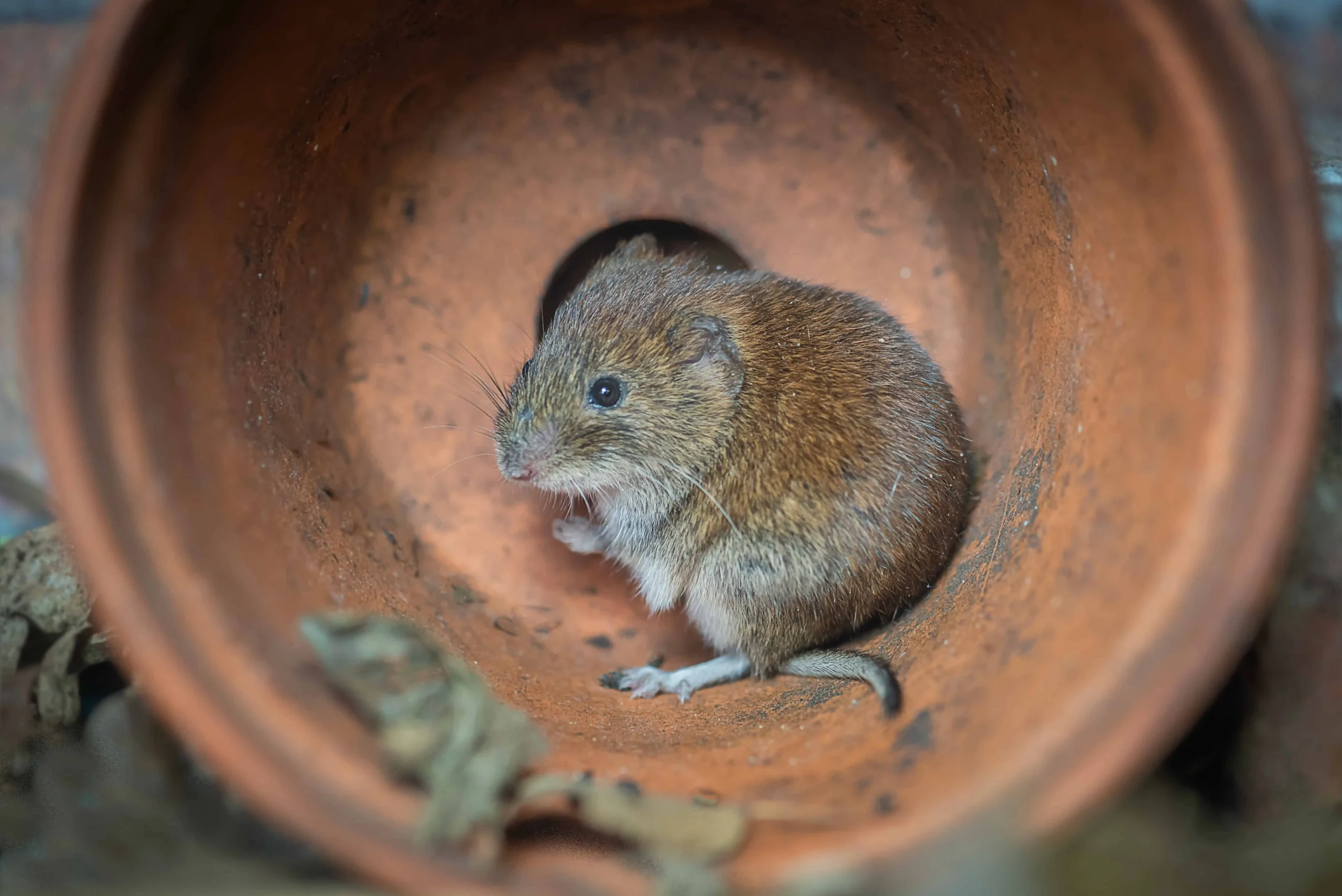Vole Grass Damage Solutions: Effective Control Techniques
Vole Grass Damage Solutions: Effective Control Techniques
Blog Article
Comprehensive Guide to Efficient Vole Insect Control: Invasion Recognition and Treatment Methods
In the world of effective insect control, vole invasions posture a distinct obstacle that requires a critical approach. These tiny rodents, usually mistaken for mice, can damage yards, grass, and crops if left unattended. Determining the indicators of vole presence and carrying out targeted treatment methods are important components of a successful insect administration plan. By discovering the nuances of vole actions, comprehending key indicators of infestation, and evaluating a variety of control choices, one can develop a detailed technique to deal with these elusive parasites.
Understanding Vole Habits
Vole actions is characterized by their burrowing habits and fast recreation rates, making them a tough parasite to regulate efficiently. These little rats generally develop intricate passage systems underground, using them for shelter, food storage, and transport. Voles are herbivores, consuming a range of plants, roots, bulbs, and lawns, which can cause substantial damage to gardens, orchards, and grass. Their quick reproductive price further complicates control initiatives, with females capable of creating numerous litters in a solitary year, each containing several spawn.
Voles are most energetic during the morning and evening hours, investing the bulk of their time foraging for food. Their tunneling routines not only disturb yards and lawns however additionally make them challenging to detect and eliminate. Recognizing vole habits is vital for effective parasite control methods. By recognizing their burrow locations, monitoring feeding areas, and applying targeted control methods, such as trapping or habitat adjustment, vole problems can be taken care of efficiently.
Indications of Vole Invasion

Prevention Strategies
Applying efficient avoidance approaches is essential in minimizing vole problems and safeguarding plants from their devastating feeding habits (vole control utah). To avoid vole invasions, it is necessary to begin by eliminating prospective food sources and shelter. Keep grass and greenery cut short, remove weeds and debris, and maintain a tidy yard or lawn to make the location much less appealing to voles. Installing barriers such as hardware towel or below ground fence can additionally aid deter voles from going into certain areas. In addition, reducing excess moisture by repairing dripping pipes and guaranteeing proper water drainage can make the environment much less congenial for voles.
On a regular basis examining the building for indications of vole task, such as runways and tunnel openings, is critical for very early detection and timely activity. If vole task is thought, think about using catches or repellents purposefully put near their paths.
Non-Lethal Control Approaches
To properly take care of vole populaces while focusing on gentle approaches, non-lethal control techniques supply sensible remedies for reducing vole damages in yards and landscapes. These obstacles can be hidden at the very least 12 inches deep and bent at a 90-degree angle to prevent you can try these out voles from tunneling underneath.

Lethal Control Options
One efficient approach for addressing vole problems in gardens and landscapes includes the strategic usage of deadly control choices. When encountered with an extreme vole problem that non-lethal approaches have fallen short to include, applying dangerous control procedures comes to be vital. In general, when employing dangerous control choices, it is necessary to do so responsibly and in conformity with regional regulations to efficiently manage vole invasions.
Conclusion
In conclusion, efficient vole pest control needs a detailed understanding of vole habits, recognition of indicators of invasion, execution of avoidance methods, and usage of both non-lethal and dangerous control methods. By combining these methods, people can properly handle vole populations and safeguard their property from damage. It is essential to address vole problems quickly to avoid further problems and minimize the effect on the surrounding atmosphere.
Provided the intricate passage systems and fast reproduction rates characteristic of voles, acknowledging the signs of vole invasion comes to be necessary in effective bug control. One of the main signs of vole presence is the existence of surface area runways or tracks in grass or snow, commonly concerning 1-2 inches vast, developed as voles take more info here a trip in between their burrows and food sources.To properly manage vole populations while focusing on gentle techniques, non-lethal control methods offer functional remedies for lowering vole damages in yards and landscapes.One efficient method for resolving vole problems in yards and landscapes involves the strategic use of dangerous control options. vole yard damage.In verdict, effective vole pest control needs a detailed understanding anonymous of vole actions, identification of indicators of invasion, implementation of avoidance techniques, and application of both non-lethal and deadly control approaches
Report this page